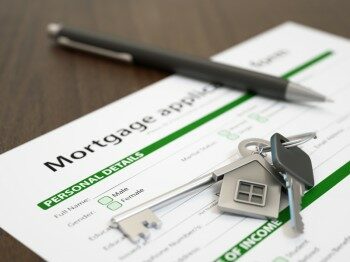
Not Only Millennials Want Walkable Communities
A walkable community is well-planned, compact and designed for people to walk to work, school, parks restaurants and activities as a form of everyday transportation. According to a National Association of Realtors survey, more and more buyers want to live in walkable communities. The study found that fully 12% more Millennials, the generation born between the mid 1980′s and early 2000′s, would rather walk to their destination than drive. But, fitness enthusiasts and eco-friendly individuals also desire walkable neighbourhoods. Aging In Place Older Canadians want neighbourhoods that better fit their changing requirements. As baby boomers enter their retirement years, they will increase demand for senior housing and neighborhoods where they can more easily reach amenities, take care of daily needs, and access health care. The physical and/or financial requirements of maintaining their homes may be too much. Many cannot, or choose not to drive, so a development that is condensed, diverse, and walkable, with convenient public transport, gives them the ability to “age in place” (in the same home). Features of Walkable Communities a blend of shops, businesses and homes destinations (schools, stores, workplaces) within walking or biking distance sidewalks, pathways, green space, parks and infrastructure to support physical activities bike lanes and speed calming controls on roads trails and street crossings designed to make walking safe and accessible for everyone a variety of social, recreational, cultural, artistic and commercial activities public transport options to outlying destinations Benefits of Walkable Communities a more active, healthier population, no matter their age, income, gender or ability level safer neighbourhoods (i.e. fewer cars on the road, less accidents and injuries) improved air quality due to reduced greenhouse gas emissions a smaller environmental footprint reduces negative environmental impact positive social, recreational, cultural, artistic and commercial activities fosters a strong sense of place and give greater potential for social health lower combined housing and transportation costs , Real Estate Market Demand According to a U.S. Environmental Protection Agency report considering existing housing stock and consumer preferences, demand for new homes through 2025 might be almost exclusively for multi-family, attached and small-lot, single-family, detached homes. A 2010 analysis of real estate trends notes that “the two largest demographic groups in the country, the baby boomers and their children—together comprising half the population—want homes and commercial space in neighborhoods that do not exist in anywhere near sufficient quantity.” Another survey found that future demand for homes in compact neighborhoods could exceed 140 percent of the current supply. Conclusion With these demographic, lifestyle and development trends it is clear that diverse, attractive, healthy walkable communities will increase in popularity and not just for Millennials. Source: Blog
Aging In Place Older Canadians want neighbourhoods that better fit their changing requirements. As baby boomers enter their retirement years, they will increase demand for senior housing and neighborhoods where they can more easily reach amenities, take care of daily needs, and access health care. The physical and/or financial requirements of maintaining their homes may be too much. Many cannot, or choose not to drive, so a development that is condensed, diverse, and walkable, with convenient public transport, gives them the ability to “age in place” (in the same home). Features of Walkable Communities Benefits of Walkable Communities , Real Estate Market Demand According to a U.S. Environmental Protection Agency report considering existing housing stock and consumer preferences, demand for new homes through 2025 might be almost exclusively for multi-family, attached and small-lot, single-family, detached homes. A 2010 analysis of real estate trends notes that “the two largest demographic groups in the country, the baby boomers and their children—together comprising half the population—want homes and commercial space in neighborhoods that do not exist in anywhere near sufficient quantity.” Another survey found that future demand for homes in compact neighborhoods could exceed 140 percent of the current supply. Conclusion With these demographic, lifestyle and development trends it is clear that diverse, attractive, healthy walkable communities will increase in popularity and not just for Millennials. Source: Blog
A walkable community is well-planned, compact and designed for people to walk to work, school, parks restaurants and activities as a form of everyday transportation. According to a National Association of Realtors survey, more and more buyers want to live in walkable communities. The study found that fully 12% more Millennials, the generation born between the mid 1980′s and early 2000′s, would rather walk to their destination than drive. But, fitness enthusiasts and eco-friendly individuals also desire walkable neighbourhoods.
This listing content provided by REALTOR.ca has been licensed by REALTOR® members of The Canadian Real Estate AssociationThe trademarks MLS®, Multiple Listing Service® and the associated logos identify professional services rendered by REALTOR® members of CREA to effect the purchase, sale and lease of real estate as part of a cooperative selling system. The trademarks REALTOR®, REALTORS® and the REALTOR® logo are controlled by The Canadian Real Estate Association (CREA) and identify real estate professionals who are members of CREA.
powered by curious projects
